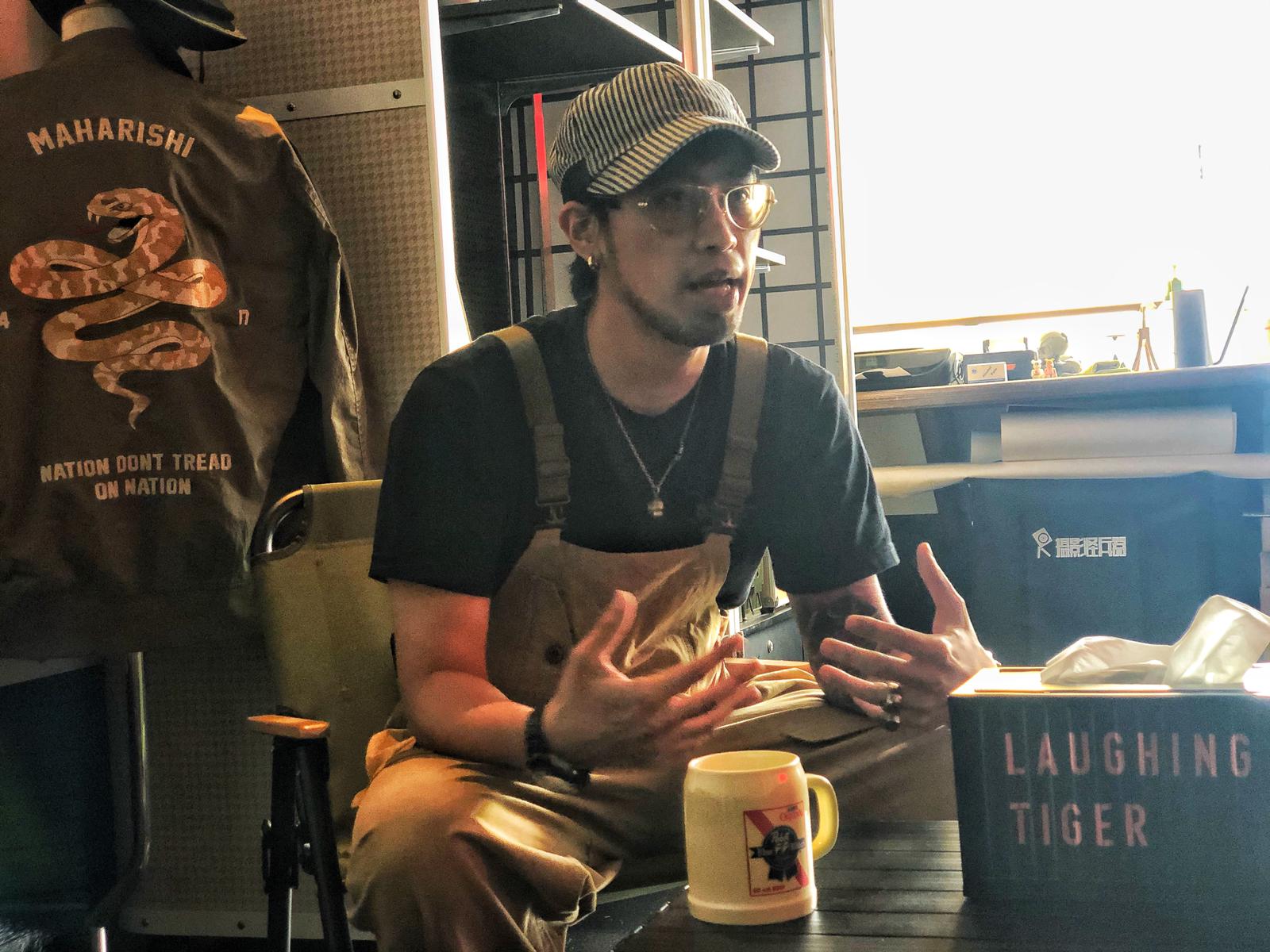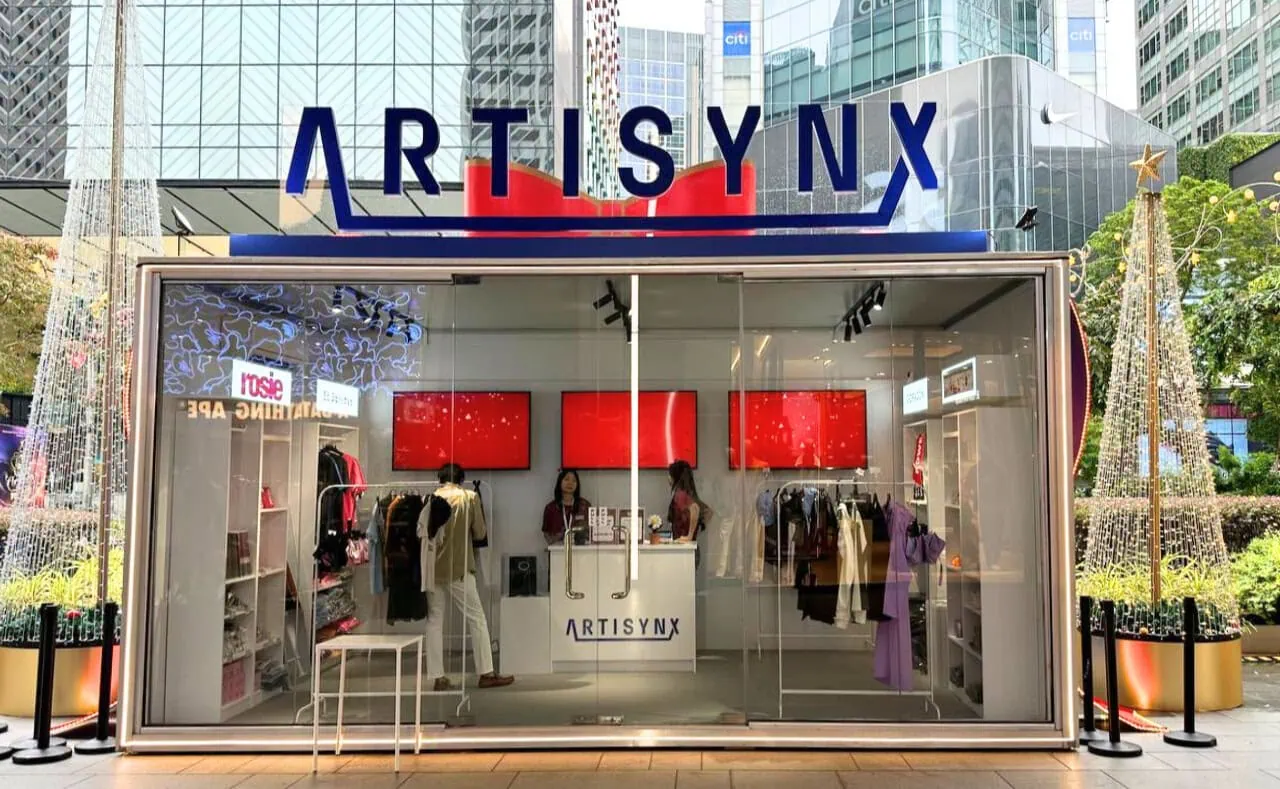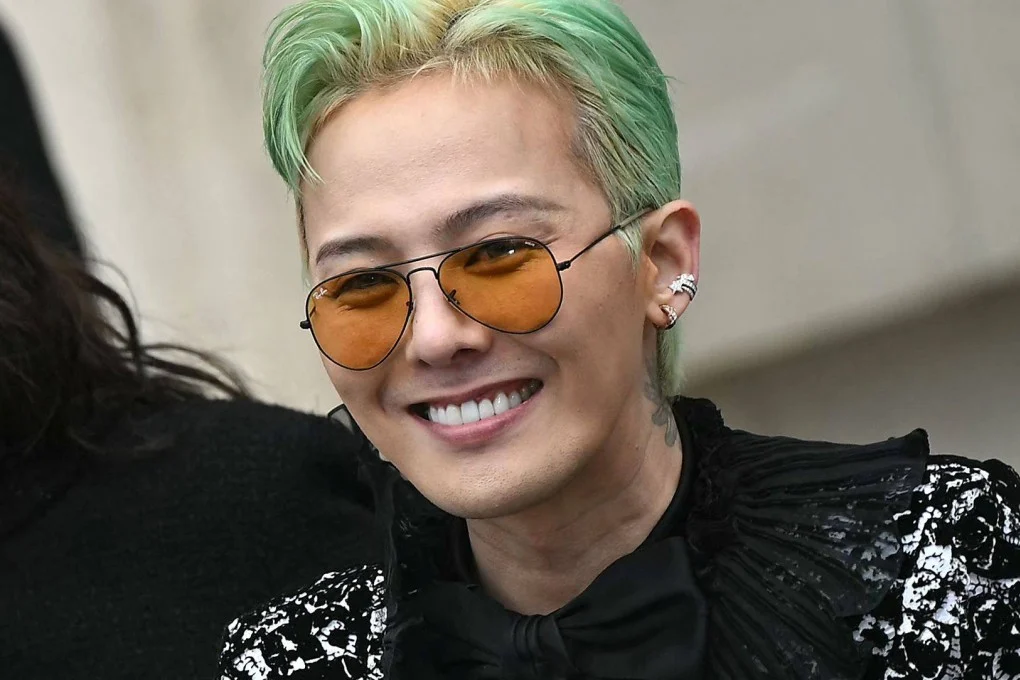The Hokkien language is arguably one of the most vulgar languages in the world. Among Hokkien’s barrage of barbs and explicit expressions, chioh bin haw, or “laughing tiger”, is one of the most insulting things you can call someone. It means ‘two-faced’, except loaded with more malice. Singapore-born and bred design maven Han Pei Bane, who goes by just “Bane”, thought it would be funny to name his design consultancy and manufacturing firm ‘A Laughing Tiger’.
“I wanted a name that reflects how Singaporeans construct sentences using various languages,” the mild-mannered gent explains.
Founded in 2019, A Laughing Tiger has been growing in desirability as a fashion brand and has attracted clients like BreadTalk, DBS, Fred Perry, Hendrick’s Gin, Mastercard and Tokio Marine.
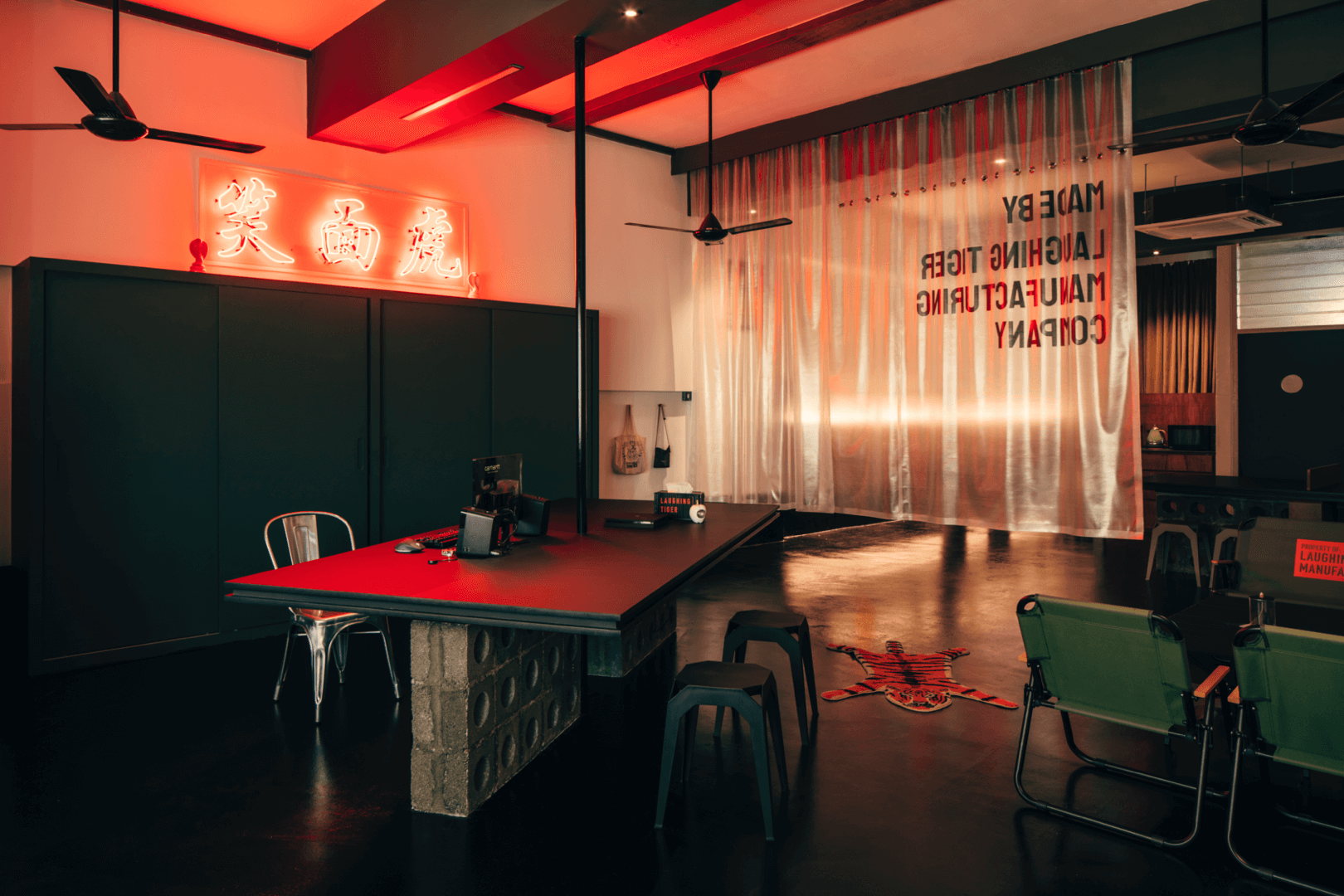
Pretty things that didn’t work
Bane’s voyage in design began in the 1990s, when he was infatuated with the aesthetics of Gundam and Lego. “Another toy that I loved was Bomberman. I got my parents to buy me more and more Bomberman attachments, even though they didn’t work very well,” he recounts. “Was Bomberman a scam? No, because people genuinely enjoyed the toy. The same goes for Tamiya cars – buying all the shells that you can afford doesn’t improve the performance of your car.
At a tender age, his outlook toward toys already echoed some tenets of product design.
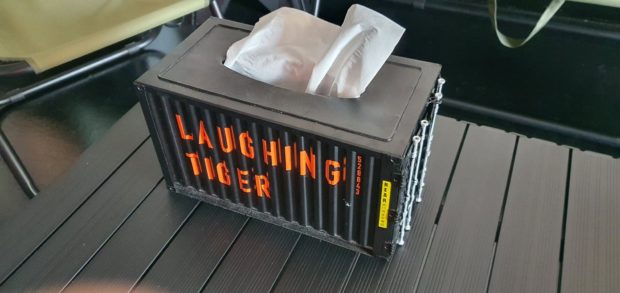
Bane isn’t embarrassed when he confesses that he wasn’t academically inclined. “I loved going back to the design lab to make things. When it came to science projects, I couldn’t be bothered about, say, the chemicals that make a miniature volcano erupt. I would be more concerned about the aesthetic of the volcano than the innovation. Yes, we need inventions, but is there a dire need for inventions all the time? That’s essentially how I stumbled upon product design.”
When Bane and his family were informed of his dismal GCE ‘O’ Level results, his father gave him the ultimatum to either join the military or go to the Institute of Technical Education (ITE). Bane choosing the latter option turned out to be a great decision.

“I’m glad that I attended ITE. Lessons conducted in ITE schools are tailored to students who are less academically inclined. The lessons were simpler and less technical. I learned better because we were encouraged to observe and be hands-on,” he recalls.
He did well in ITE and progressed to pursue a diploma in product design in Temasek Polytechnic. After graduation and completing his National Service, he joined famed Singaporean brand Mighty Jaxx.
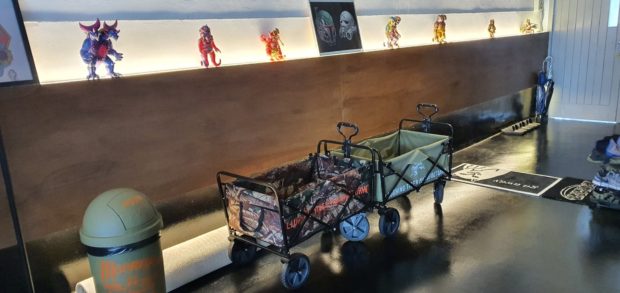
“When I joined Mighty Jaxx, the company consisted of four people working in an office in Woodlands,” Bane recounts of the designer toy brand that is known for its half-dissected figurines of pop culture icons. Today, Mighty Jaxx’s toys are highly coveted around the world.
“During the three years that I worked there, we kept moving to bigger offices, because the company was employing more and more staff. However, I felt at one point that I was not growing,” reveals Bane, who discloses that his desire to grow even more was his impetus for setting up A Laughing Tiger.
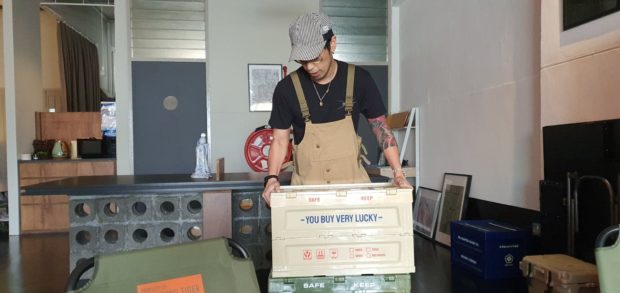
Pretty things that change people
“People trust us (A Laughing Tiger) to manufacture cool stuff,” summarizes the artist, who is now in his early 30s. “Whatever ideas they have, my goal is to help them achieve those dreams.”
Shortly after its inception, the atelier released a multi-purpose, now-paradigmatic wagon. You might have seen Instagram users from all walks of life carting groceries, pets, human children and what have you, around in these army-themed wagons. Bane made around 200 of these and they sold out within the first week. The creations that followed continued to mesmerise onlookers – tissue boxes shaped like intermodal containers and hip flasks shaped like oil barrels for Bunkerbunker, a local hangout comprising of intermodal containers and oil barrels; face masks packed like cured meats for Park Bench Deli, an American bistro that cures its own meats; grocery crates for Zha Huo Dian, a hipster store whose Mandarin name translates to ‘grocery store’.
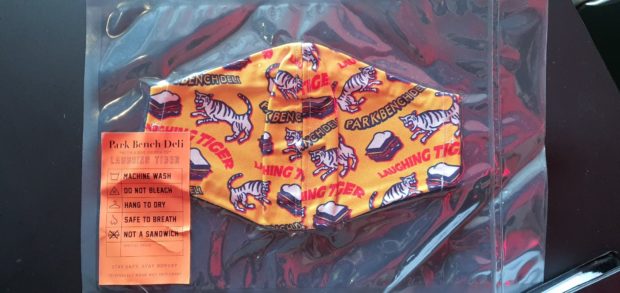
Advocating sustainability through design is his priority. “The same way people don’t throw away Louis Vuitton paper bags after they make a Louis Vuitton purchase, I want to make things that people will reuse and keep,” Bane elucidates. Fans of A Laughing Tiger will tell you about the brand’s wildly popular hand sanitiser bottle. Evocative of products by the Singapore Armed Forces (National Service was a pivotal juncture in Bane’s life, but more on that later) like its mosquito repellant, Bane meant for users to buy large bottles of hand sanitiser and empty them into A Laughing Tiger’s hand sanitiser bottle, rather than buy and throw away many small bottles.
“I like to make fun of cringey Singaporean products. I’m an advocate of not designing frivolously.”
A Laughing Tiger has also made mahjong tiles, but Bane intends to refine the design of these tiles before making them available to the public. A Laughing Tiger has more apparel in the pipelines too.
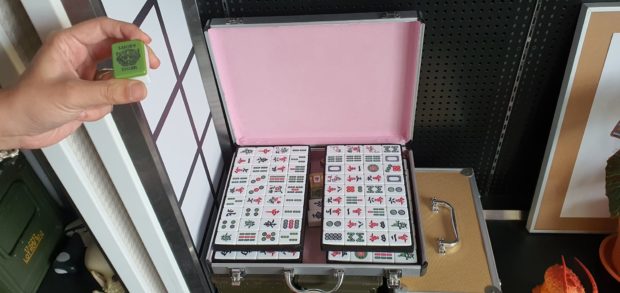
Behind A Laughing Tiger’s cult success, unbeknownst to its enthralled fans, is an unenviably rocky start. “Most clients dip into their marketing budget to engage us to design bespoke items, and when the economy is bad, companies’ marketing budgets are the first to get cut,” explains Bane, who had to make products using his own money back when he had no portfolio to show would-be clients.
“For entrepreneurs born with and born without silver spoons in their mouths, the struggle is very, very different.”
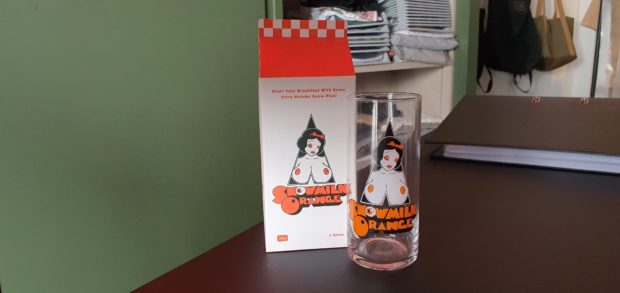
He also divulges that his family was hit by a personal financial crisis shortly after he had started A Laughing Tiger, so he had to set aside a large amount to support his family. He shares that his family’s money problems and the pandemic-triggered recession lit a fire under his derrière to pivot A Laughing Tiger’s direction and make the brand profitable asap.
However, Bane sternly warns against focusing solely on monetisation. “If you do something just for the sake of monetising, the emotional runway is very short, especially if your product fails. I make products that are translations and expressions of things that I like myself; I will not create products just because the market wants it,” he remarks.
“When I ask others why they join certain industries, some reply me ‘because that’s where the money is’. We want to buy things with money, but the end product is happiness, so you can be a millionaire and still be unhappy. Very few people have said to me ‘I do this because it makes me happy’.”
Pretty things that inspire future generations of pretty things
“How can we be cooler than your regular printing shop?” Asks the bespoke product designer. This is the rationale and propulsion that has garnered A Laughing Tiger thousands of fans from across the globe.
“When people talk about what Singaporean culture is and whether we are proud of it, we say that we are proud of Marina Bay Sands, Singapore Airlines… What about lifestyle products? We want to create local products that Singaporeans can be proud of. I’m not saying that our predecessors didn’t do a good job, but what A Laughing Tiger is doing is contributing and sowing seeds. Instead of saying this generation sucks, that generation sucks, lets ask ourselves, what am I doing to contribute? Singapore has a copycat culture, but if we broaden our vision, there is actually so much more to fashion and design.”
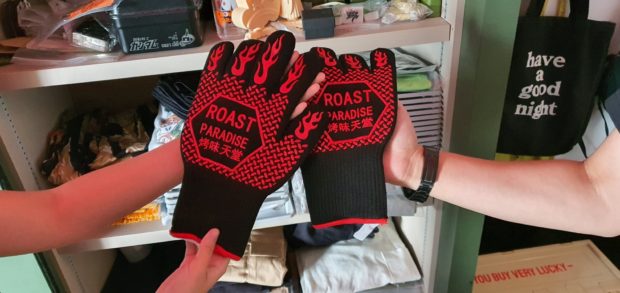
Bane breaks the solemn atmosphere with a joke. “They call it the ‘holy trinity’ – most brands make T-shirts, tote bags and caps with their logos, but people have enough T-shirts, tote bags and caps by now. How else can people support your brand? Make something different for them.”
A natural-born thought leader, Bane’s poor performance in school led him to previously believe that he was intellectually challenged.
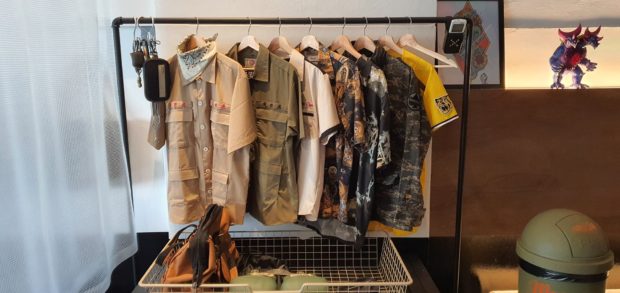
“My family would send me for extra tuition and I had to attend remedial classes because of my bad results. I resigned to the idea that I was a problematic student and this stigma stuck with me until I learned about dyslexia.”
In the army, Bane met a fellow soldier who was heading for treatment for his dyslexia. Only through talking to this peer and drawing similarities to his own learning difficulties did he understand that he wasn’t handicapped, but just different. Today, he understands that he absorbs information well through observing and listening, so he turns to those modes of learning when researching new topics.
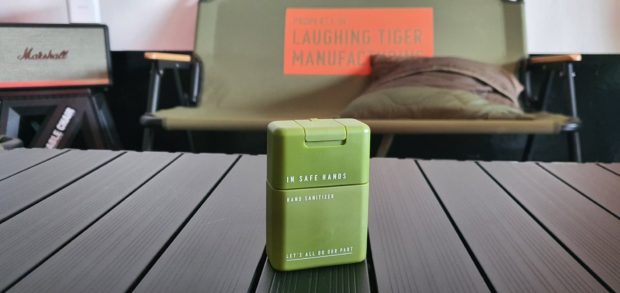
“I wasn’t what I thought I was, so I closed that chapter. Now that I understand (differences in individual learning styles), I share my experiences with people who have similar problems.”
When he’s not making functional objets d’art, Bane travels to his alma maters, ITE schools and Temasek Polytechnic, to talk to younger versions of himself. He was also invited to speak at Lasalle, by his mentor, acclaimed Singaporean furniture designer and Lasalle lecturer Nathan Yong.
He manages the expectations of these young journeymen, telling them that “the industry is extremely slim”. Bane laments that even within one’s formative years, the education system that we are subjected to is neither perfect nor compassionate.
“If many people are applying for a course like product design, then you will have to do very well in all your academic subjects in order to secure a place in that course. Perhaps only the straight A students might get in, while a student who did very well in art might not,” he remarks.
“When you are wide-eyed and unfamiliar, you might expect to land yourself a product design job, with that mentality, you are going to be greatly disappointed. The thing is, you cannot lose hope. Cling on to that hope and convert it into positive energy, is what I tell young people who are willing to listen to me. Design is a holistic approach. You may not be able to find a job of your interest, but you can add value to what you do. You can apply a design mentality to whatever you do, even if you are an engineer or a nurse. If you can do that, then you’ve succeeded as a designer.”
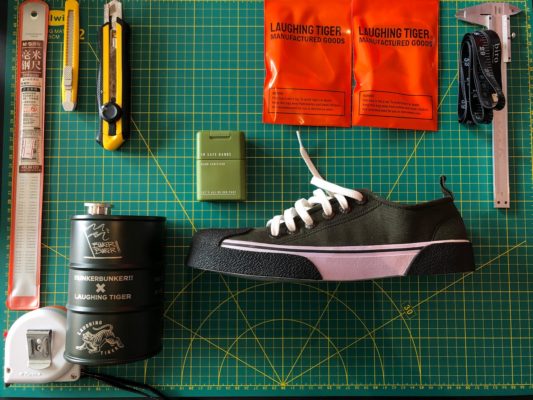
The three biggest influencers of Bane’s life: “Jack Kirby, H.R. Giger and Hiroshi Fujiwara.”
You can follow A Laughing Tiger on Instagram and nab merchandise from its online store.
===
Stay updated and social with Popspoken: Facebook | Twitter | Instagram


